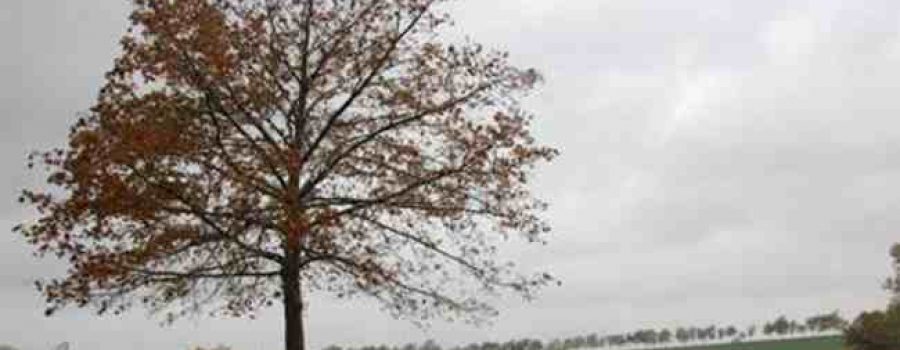Theo Van Asten, Cedar Springs:
This unique project took place in the southern Ontario Municipality of Chatham-Kent. This is a rural agriculture region with a population of 110,000 people. Most of them are living in the city of Chatham. Mr. Van Asten’s project took place approximately 20km south of the city, in the tiny hamlet of Cedar Springs. With less than 3% tree cover (the lowest in Canada), and the introduction of the Emerald Ash Borer Beetle, this area is in dire need of forest cover.
Theo Van Asten, a local retired farmer, has restored a former, 22 acre gravel pit, into a beautiful wildlife refuge. He planted over 8,000 native Carolinian seedlings, 300 large stock trees, 3 newly excavated ponds, and more than 30,000 tulip and lily bulbs. At 74 years of age Theo is tireless in his efforts to bring nature back to this area. When the weather warms, Theo cannot be reached by phone, as his wife Lia explains, “He loves to be out planting”. If there is a certain tree species that has not been planted, Theo will read up on its requirements, and go out and collect the seed and propagate it himself. Currently he has grown Tulip Tree, American Chestnut and Red Bud, to add to the project. Countless work hours, and his own money has been put into this project.
This region is known for its productive soils and vast farmland creating a difficulty when trying to promote environmental activities. To have a landowner such as Theo is invaluable to conservationists. His project is a shining example of what can be done. He understands the value of this and has opened the doors to tours and groups. Communities in Bloom, the Essex-Kent tree planting committee, Trees Ontario Foundation, Stewardship-Kent and LTVCA Directors have all visited the property and praised his work. This will motivate others to do the same, and to teach the surrounding landowner’s how to naturally restore their property.
The Municipality of Chatham-Kent will see long term benefits of Theo’s work. Oxygen production, beautification, migratory bird habitat, species at risk habitat, pollinators, reptiles, carbon sequestration, source water protection/filtration and many, many more benefits will result from his efforts.
Download the Trees Ontario Media Release
